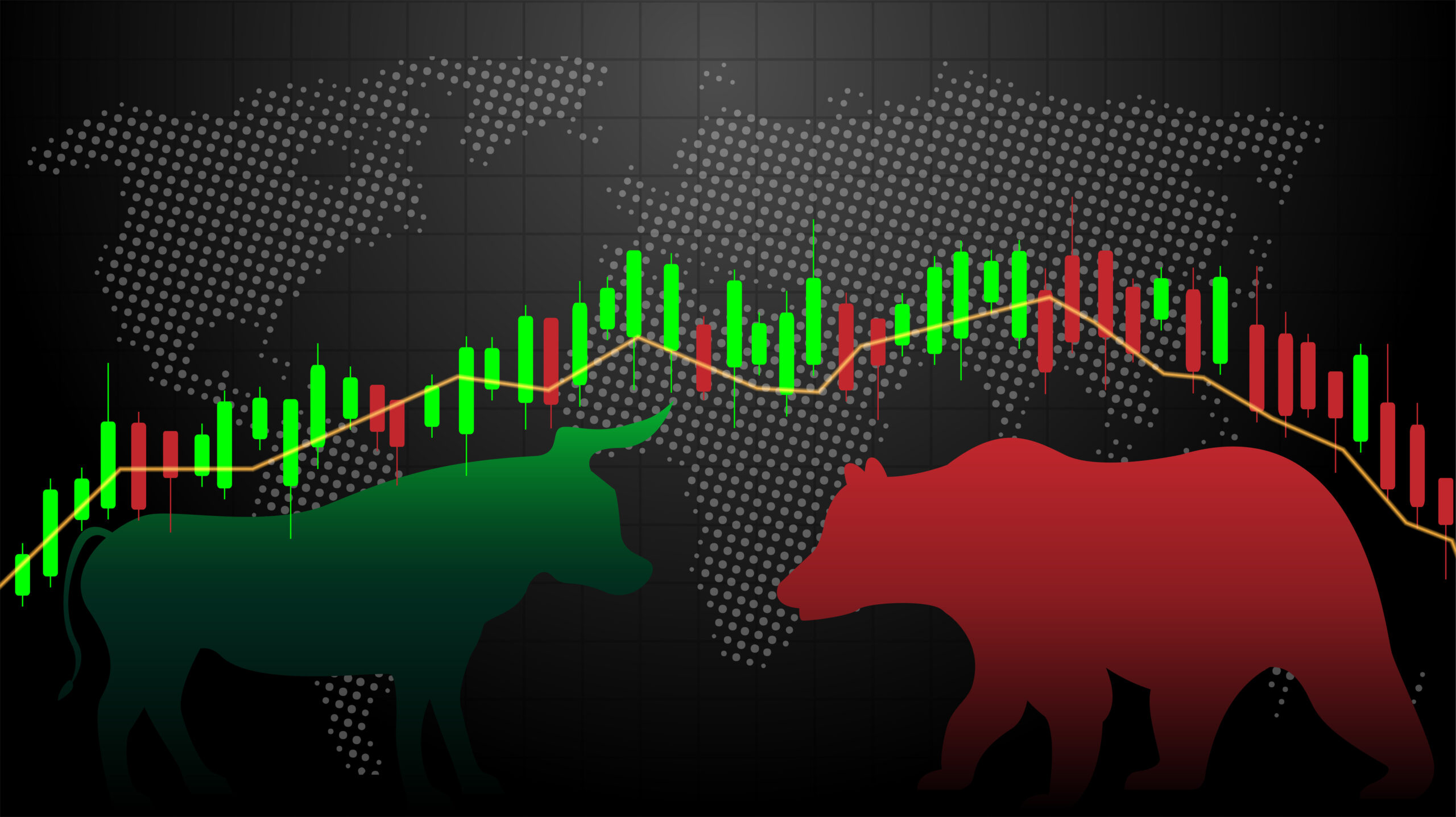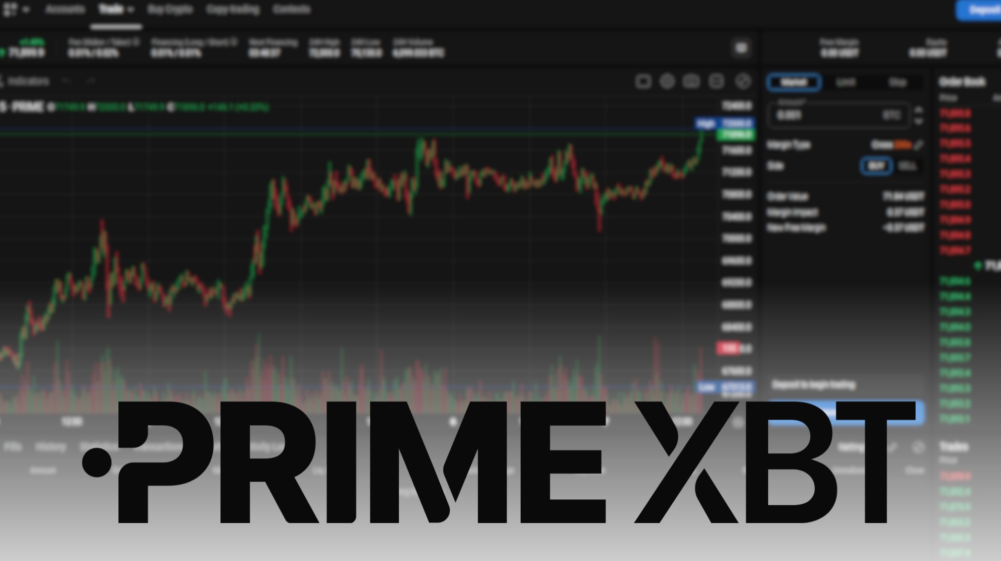Introduction
In the world of finance and investing, two terms frequently make headlines: “bull run” and “bear market.” These terms describe the opposing trends in financial markets and serve as crucial indicators for investors and traders. Understanding the difference between a bull run and a bear market is essential for making informed investment decisions and managing risk effectively. In this comprehensive article, we will explore the key differences between these two market conditions, their characteristics, causes, and strategies that can be employed to navigate them successfully.
Bull Run: A Surge of Optimism
A bull run, also known as a bullish market or a bull market, is a period of sustained optimism, rising asset prices, and investor confidence in the financial markets. During a bull run, the prevailing sentiment among market participants is positive, and there is a strong belief that asset prices will continue to rise. Here are the defining characteristics of a bull run:
- Rising Asset Prices: The primary hallmark of a bull run is a consistent and prolonged increase in the prices of various financial assets, such as stocks, bonds, cryptocurrencies, or commodities.
- Optimistic Investor Sentiment: Investors are generally optimistic about the future prospects of the economy and the companies in which they are investing. Positive news and strong corporate earnings often fuel this optimism.
- High Trading Volumes: Bull runs are typically accompanied by increased trading activity as more investors rush to buy assets, contributing to higher trading volumes.
- Economic Growth: Bull markets are often associated with periods of economic expansion, low unemployment rates, and strong consumer confidence.
- Fear of Missing Out (FOMO): As asset prices rise, the fear of missing out on potential gains can lead more investors to enter the market, further propelling the upward momentum.
- Low Volatility: During a bull run, market volatility tends to be relatively low, as there is little fear or uncertainty driving rapid price swings.

Causes of a Bull Run
Several factors can contribute to the onset of a bull run:
- Positive Economic Data: Strong economic indicators, such as GDP growth, low inflation, and low-interest rates, can create a favorable environment for a bull market.
- Corporate Profits: Robust corporate earnings and positive revenue growth can boost investor confidence and drive stock prices higher.
- Central Bank Policies: Accommodative monetary policies, including low-interest rates and quantitative easing, can provide liquidity to the market and encourage investors to seek higher returns in riskier assets like stocks.
- Technological Advancements: Advances in technology and innovation can stimulate investor interest in specific sectors or industries, leading to a bull run in those areas.
Bear Market: A Period of Pessimism
In contrast to a bull run, a bear market represents a prolonged period of pessimism, declining asset prices, and a lack of confidence in the financial markets. During a bear market, investor sentiment is negative, and there is a prevailing belief that asset prices will continue to fall. Here are the defining characteristics of a bear market:
- Falling Asset Prices: The central characteristic of a bear market is a sustained decline in the prices of various financial assets, often resulting in significant losses for investors.
- Pessimistic Investor Sentiment: Investors are generally pessimistic about the economic outlook and the performance of their investments. Negative news and concerns about economic challenges are prevalent.
- Lower Trading Volumes: Bear markets typically see lower trading volumes as investors become cautious and avoid buying assets in a declining market.
- Economic Challenges: Bear markets are often associated with economic downturns, rising unemployment, and reduced consumer confidence.
- Flight to Safety: During bear markets, investors tend to seek safe-haven assets like government bonds and gold to protect their capital from further losses.
- High Volatility: Market volatility tends to be elevated during bear markets as fear and uncertainty drive rapid price fluctuations.

Causes of a Bear Market
Bear markets can be triggered by a variety of factors, including:
- Economic Contractions: Economic recessions or contractions can lead to bear markets as businesses struggle, corporate earnings decline, and unemployment rises.
- Financial Crises: Major financial crises, such as the 2008 global financial crisis, can spark bear markets due to systemic risks and concerns about the stability of the financial system.
- Geopolitical Events: Political instability, conflicts, and trade disputes can create uncertainty in the markets and contribute to bearish sentiment.
- Overvaluation: When asset prices become significantly overvalued, a correction often follows, leading to a bear market.
- High-Interest Rates: Central banks raising interest rates to combat inflation can reduce consumer spending and business investment, negatively impacting economic growth and asset prices.
Strategies for Navigating Bull Runs and Bear Markets
Investors and traders must adapt their strategies to the prevailing market conditions. Here are some strategies for navigating both bull runs and bear markets:
Strategies for Bull Runs:
- Buy and Hold: During bull markets, a long-term buy-and-hold strategy can be effective as asset prices tend to appreciate over time.
- Diversification: Diversifying your investment portfolio across different asset classes and sectors can help manage risk during a bull run.
- Risk Management: Maintain a disciplined approach to risk management, including setting stop-loss orders and defining exit criteria for your investments.
- Stay Informed: Stay informed about market developments and economic indicators to make informed investment decisions.
Strategies for Bear Markets:
- Defensive Stocks: Consider shifting your portfolio towards defensive stocks, such as utilities and healthcare, which tend to be less affected by economic downturns.
- Hedging: Use hedging strategies, such as purchasing put options or inverse exchange-traded funds (ETFs), to protect your portfolio from declining asset prices.
- Cash Position: Maintain a cash position to take advantage of buying opportunities when asset prices become more attractive.
- Dollar-Cost Averaging: Continue investing a fixed amount of money at regular intervals to benefit from lower prices during a bear market.
Conclusion
Understanding the fundamental differences between a bull run and a bear market is essential for investors and traders. While bull markets are characterized by rising asset prices, optimism, and economic growth, bear markets are marked by declining prices, pessimism, and economic challenges. Successful investing involves adapting strategies to the prevailing market conditions, whether it’s a time to capitalize on a bull run’s upward momentum or employ defensive measures during a bear market’s downward slide. By staying informed, diversifying portfolios, and managing risk effectively, investors can navigate both bull and bear markets with confidence.







